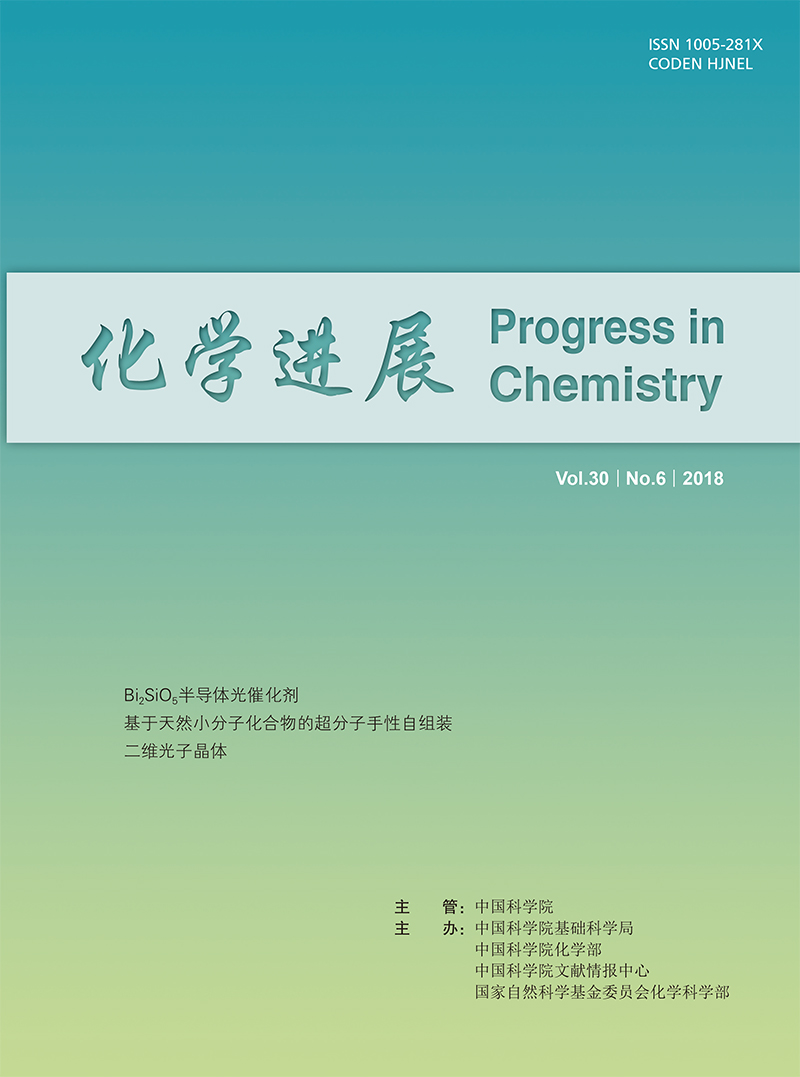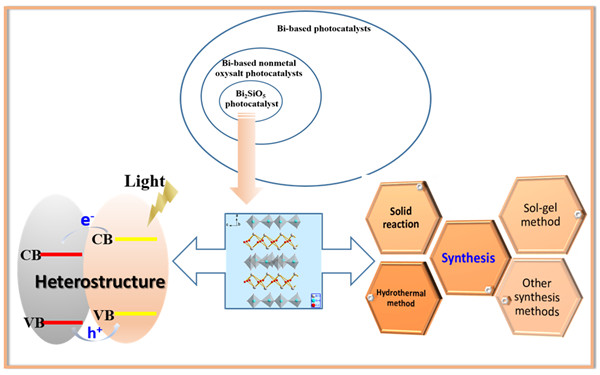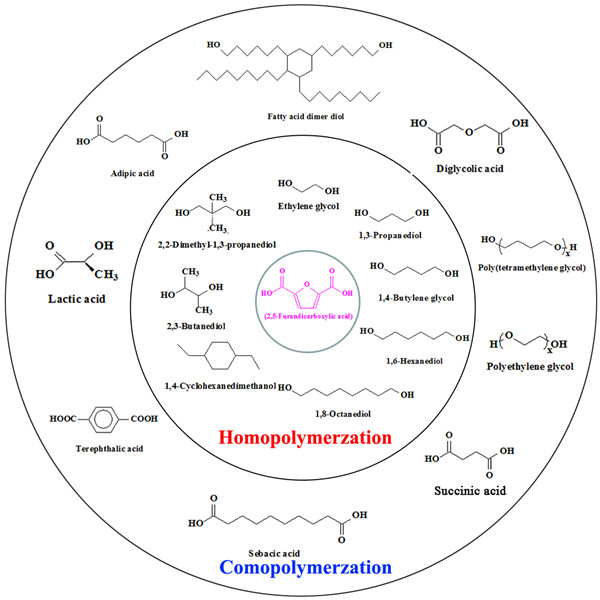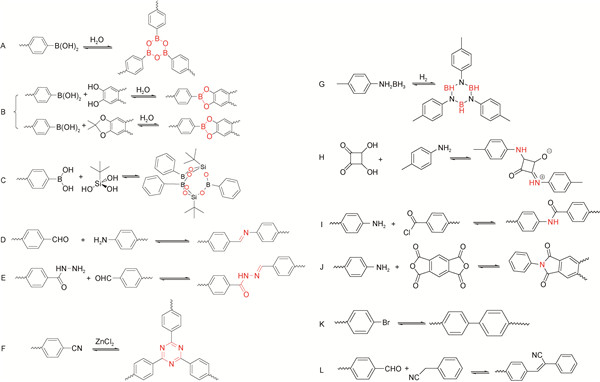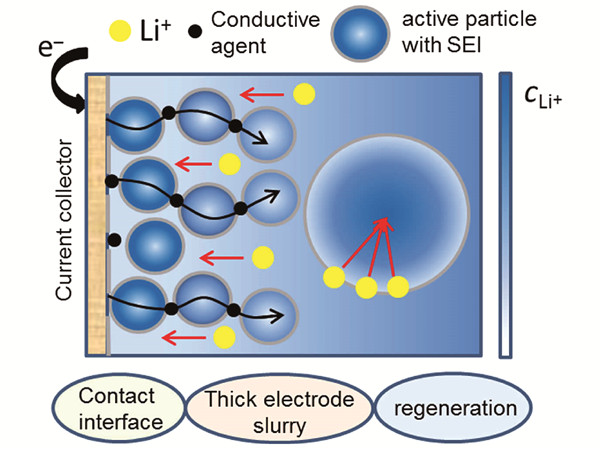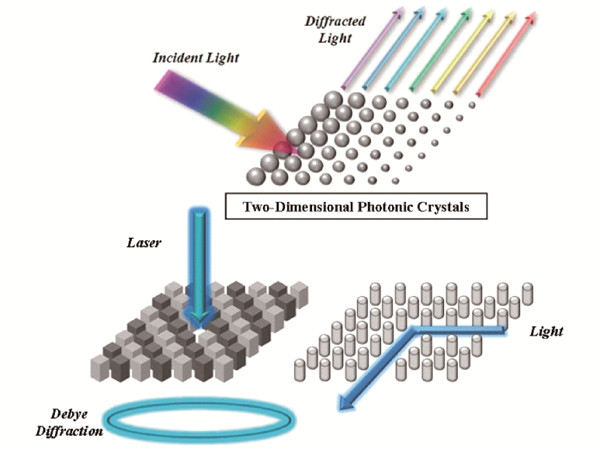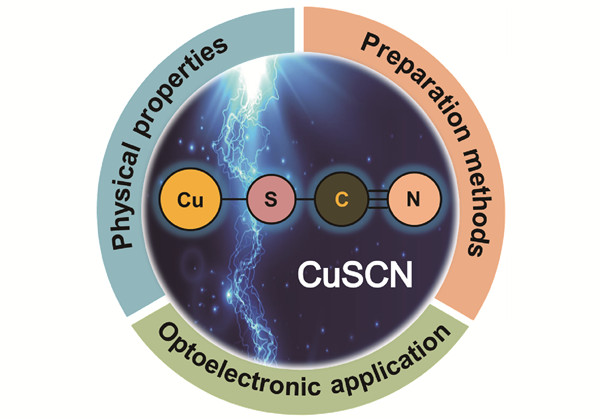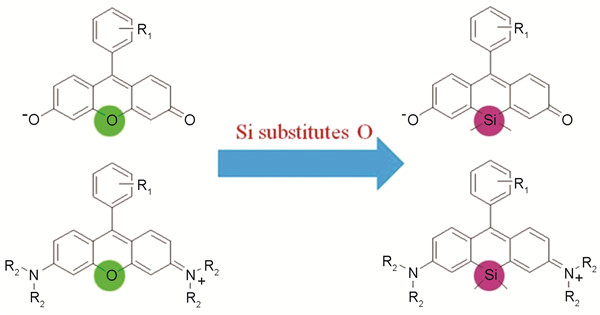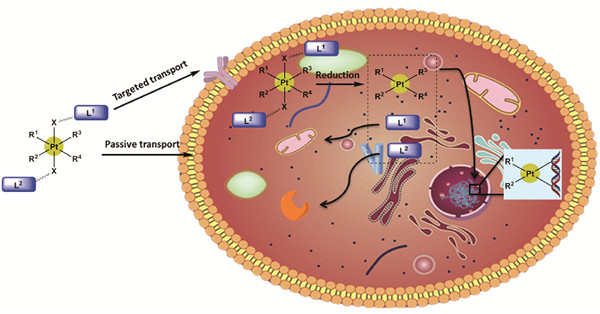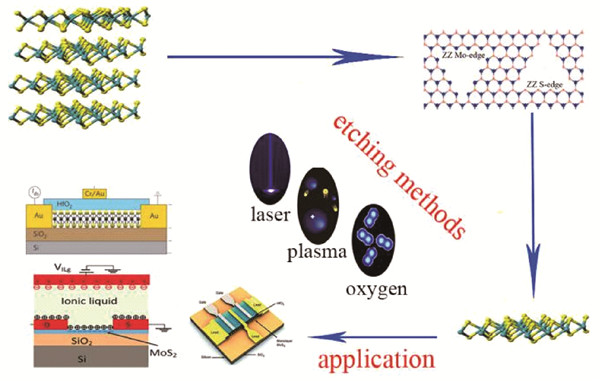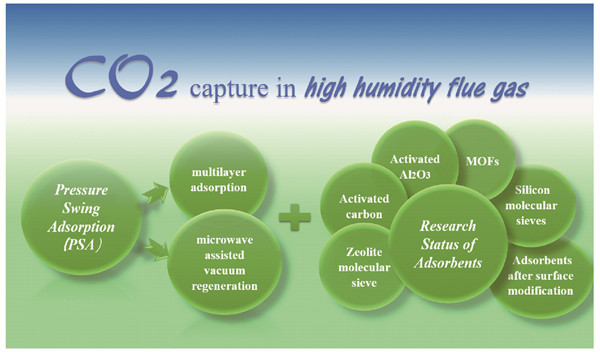Yuanyuan Qi, Mingguang Li, Honglei Wang, Wen Zhang, Runfeng Chen*, Wei Huang*. Applications of Novel Hole-Transporting Material Copper(Ⅰ) Thiocyanate (CuSCN) in Optoelectronic Devices[J]. Progress in Chemistry, 2018, 30(6): 785-796.
Abstract
As a p-type transparent semiconducting material with wide bandgap, Copper(Ⅰ) thiocyanate (CuSCN) exhibits many advantages, including high transmittance, high conductivity, easy preparation at ambient temperature, solution processable and low cost. Therefore, CuSCN has been widely expected to be a strong alternative as hole-injecting/hole-transporting layer in the application of large-area and inexpensive plastic electronics. This review provides an overview of the fundamental physical properties of CuSCN material, covering crystal structures, optical properties and hole-transporting properties. A variety of preparation methods, ranging from solution processing, electrochemical deposition, to successive ionic layer adsorption and reaction, have so far been implemented for the fabrication of CuSCN thin-films in optoelectronic devices. These techniques commonly used for the deposition of CuSCN films are introduced with practical examples and the advantages and disadvantages of different preparation methods are compared and discussed. Then, the applications of CuSCN semiconducting materials as a hole-transporting layer in the field of field effect transistors(FETs), organic light emitting diodes(OLEDs), organic solar cells(OSCs), and hybrid organic-inorganic solar cells(HSCs) are systematically summarized. A large variety of CuSCN-based optoelectronic devices reported in the literature to date exhibit efficiencies that are far superior to those conventional devices based on common hole-transporting materials, demonstrating significant potentials for a host of relevant applications. Finally, the current difficulties and future research directions of the CuSCN semiconducting material are also discussed to give an outlook of its prospect trends and application potentials, especially in various optoelectronic devices.
Contents
1 Introduction
2 Fundamental physical properties of CuSCN
2.1 Structural properties
2.2 Optical properties
2.3 Hole-transporting abilities
3 Preparation methods of CuSCN thin film
3.1 Solution processing
3.2 Electrochemical deposition
3.3 Successive ionic layer adsorption and reaction
4 Application of CuSCN in optoelectronic devices
4.1 Field effect transistors (FETs)
4.2 Organic light emitting diodes (OLEDs)
4.3 Organic solar cells (OSCs)
4.4 Hybrid organic-inorganic solar cells (HSCs)
5 Conclusion and outlook




